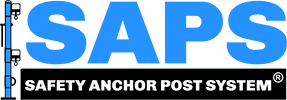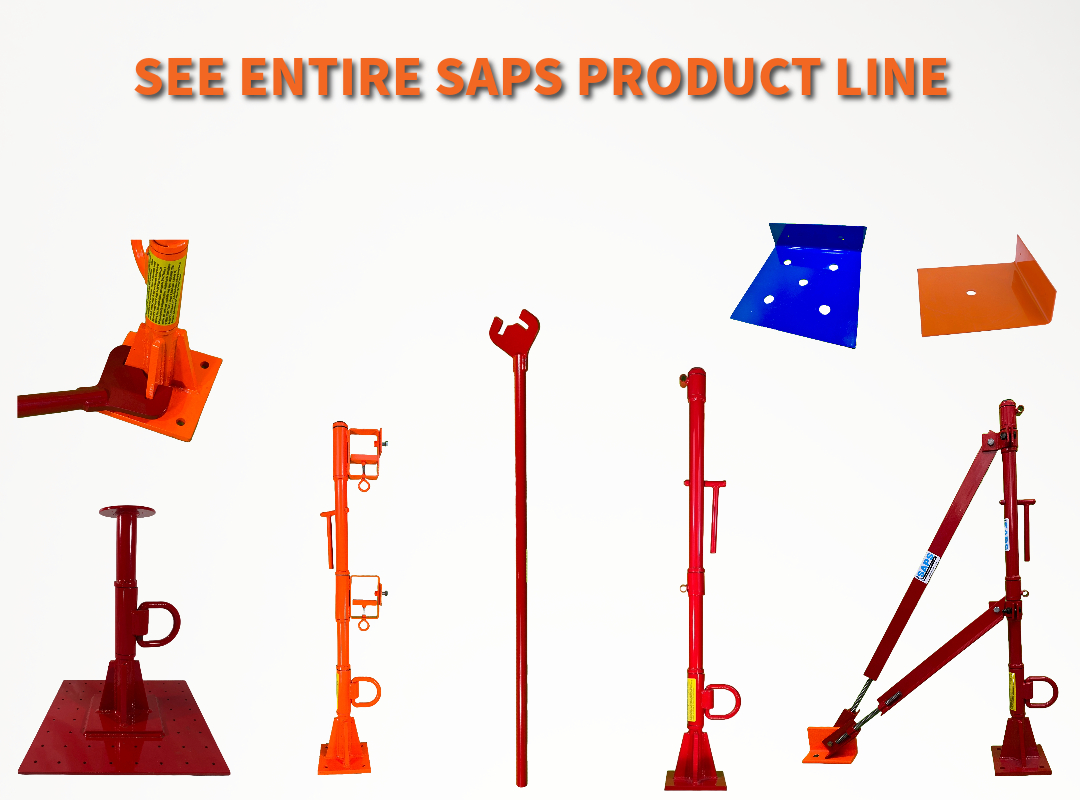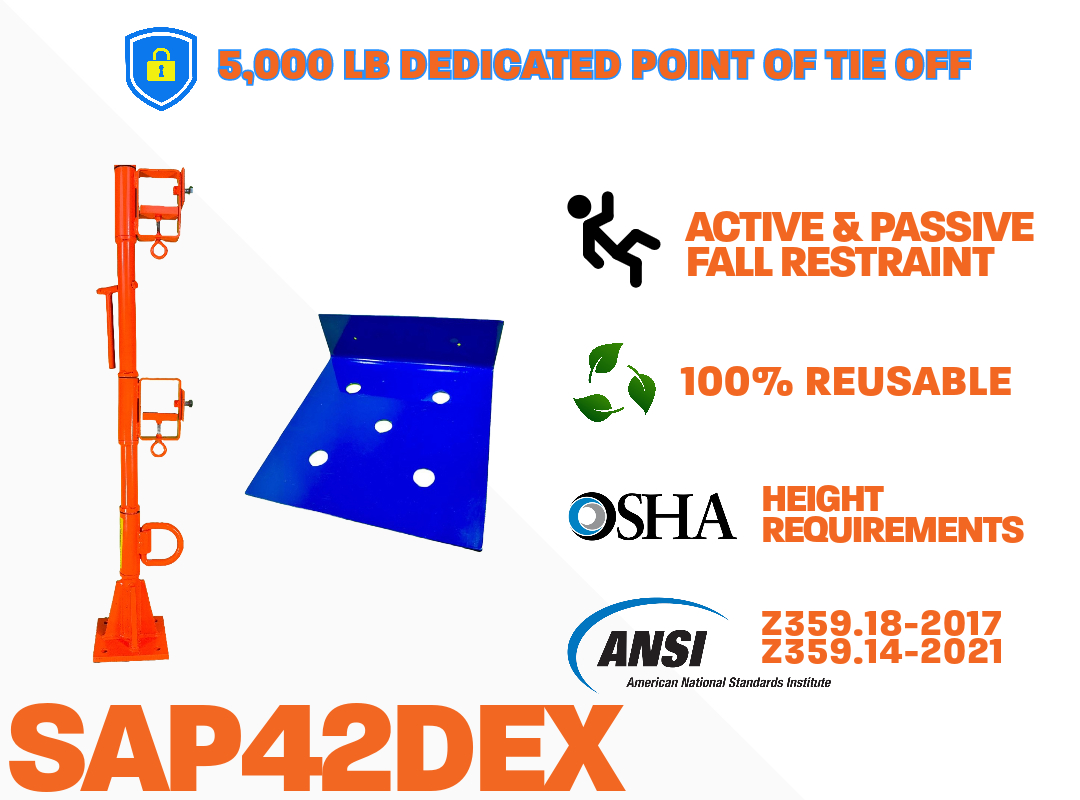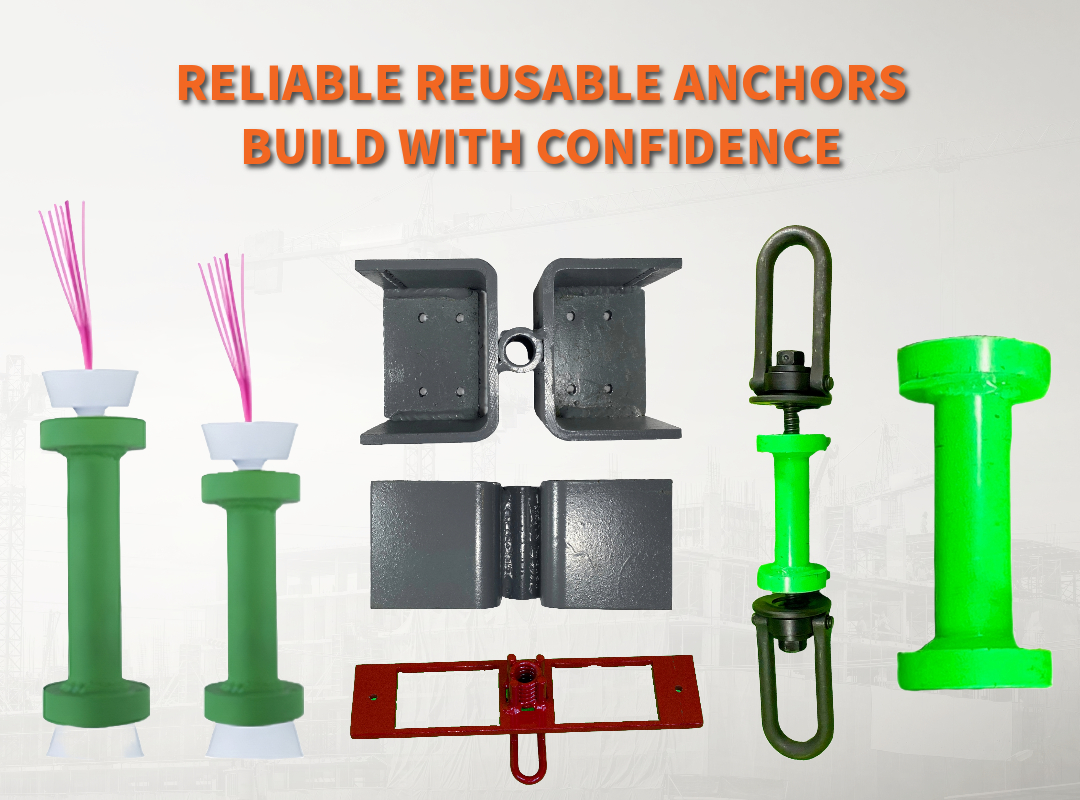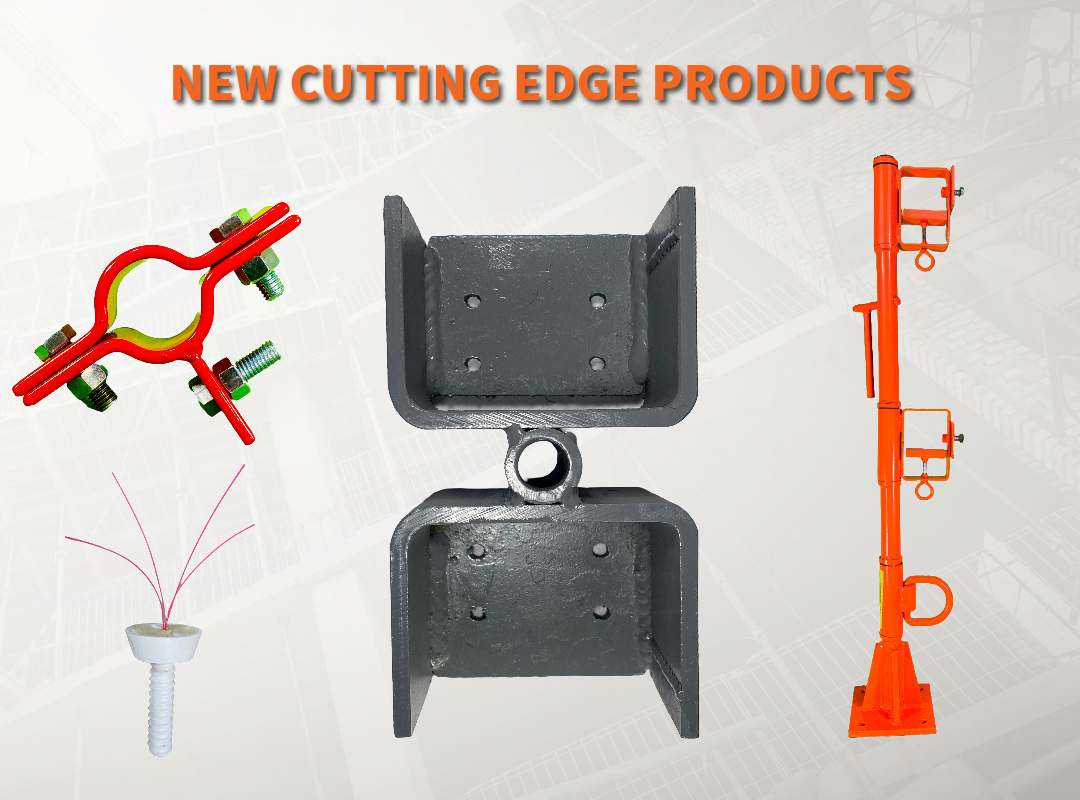The Future of Commercial Construction and Fall Arrest Systems: Advancing Safety and Innovation
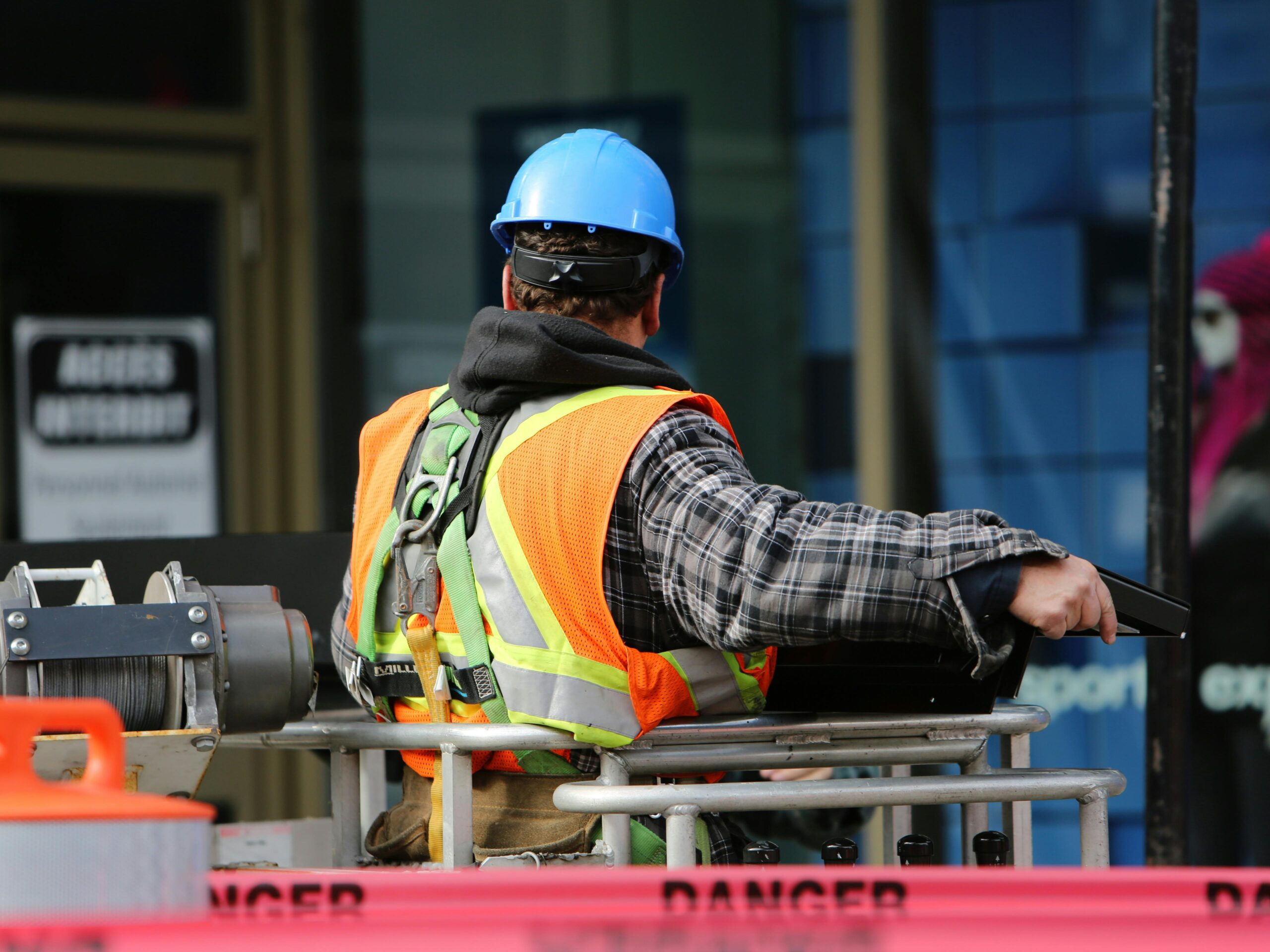
As the commercial construction industry continues to evolve, so too do the methods and technologies used to ensure the safety of workers. Fall arrest systems, crucial for protecting those working at height, are experiencing significant advancements driven by both technological innovation and an increased focus on worker safety. The future of commercial construction is not just about building taller, stronger structures but also about ensuring that these environments are as safe as possible for the workers who build and maintain them.
In this article, we’ll explore the future of fall arrest systems in commercial construction, highlighting the latest innovations, the role of technology, and how these changes are shaping a safer industry.
The Growing Importance of Safety in Commercial Construction
1. The Increasing Complexity of Construction Projects
Commercial construction projects are becoming more complex, involving taller buildings, innovative architectural designs, and advanced materials. This complexity increases the risks associated with working at height, making effective fall arrest systems more crucial than ever.
2. Regulatory Pressure and Compliance
As construction projects become more intricate, regulatory bodies are implementing stricter safety standards. Compliance with these regulations is not just a legal requirement but also a moral imperative, ensuring that workers are protected from the risks associated with their jobs. The future of fall arrest systems lies in their ability to not only meet but exceed these safety standards.
Innovations in Fall Arrest Systems
1. Advanced Harnesses and Lanyards
The traditional harness and lanyard system is evolving with the integration of new materials and designs. Modern harnesses are lighter, more comfortable, and provide better support, reducing the risk of injury during a fall. Additionally, smart are being developed that can adjust their length in real-time to prevent falls or minimize their impact.
2. Self-Retracting Lifelines (SRLs)
Self-retracting lifelines are becoming increasingly popular in commercial construction due to their ability to provide constant fall protection without restricting movement. Type2 Self Retracting LifeLine (Type2-SRLL) devices automatically lock in the event of a fall, stopping a worker within a few feet and reducing the potential for injury.
3. Smart Fall Arrest Systems
The future of fall arrest systems is closely tied to the rise of smart technology. Innovations such as wearable devices that monitor a worker’s movements, detect potential hazards, and alert them to take precautionary measures are revolutionizing the industry. These systems can even automatically trigger a fall arrest mechanism in real-time, enhancing safety without requiring manual intervention.
The Role of Technology in Fall Arrest Systems
1. Integration of IoT and AI
The Internet of Things (IoT) and Artificial Intelligence (AI) are playing a significant role in the development of next-generation fall arrest systems. IoT devices can be embedded into safety equipment to monitor environmental conditions, such as wind speed and structural stability, in real-time. AI algorithms can analyze this data to predict potential hazards and prevent falls before they occur.
2. Virtual and Augmented Reality for Training
Training is a critical component of fall prevention, and technology is making it more effective. Virtual Reality (VR) and Augmented Reality (AR) are being used to create realistic training environments where workers can practice fall arrest scenarios without the risks associated with real-life training. This immersive approach helps workers better understand the equipment and procedures, leading to safer work practices on-site.
3. Drones and Robotics for Inspection and Monitoring
Drones and robotics are becoming essential tools in commercial construction, especially for inspecting hard-to-reach areas. These technologies can monitor the integrity of fall arrest systems, identify potential hazards, and ensure that safety protocols are being followed, all without putting human lives at risk.
Sustainable Fall Arrest Systems
1. Reusable and Eco-Friendly Equipment
Sustainability is becoming a priority in all aspects of construction, including safety equipment. The development of reusable fall arrest systems made from eco-friendly materials is reducing waste and the overall environmental impact of construction projects. These systems are designed to last longer, reducing the need for frequent replacements and contributing to more sustainable construction practices.
2. Circular Economy in Construction
The concept of a circular economy is being applied to the construction industry, where materials and equipment are reused, recycled, or repurposed at the end of their lifecycle. Fall arrest systems are being designed with this in mind, using materials that can be easily recycled or refurbished, reducing the need for new raw materials and minimizing waste.
Adapting Fall Arrest Systems for Emerging Construction Trends
1. Modular and Prefabricated Construction
The rise of modular and prefabricated construction is changing the way fall arrest systems are implemented. These construction methods involve assembling large sections of a building off-site, which presents unique safety challenges. Fall arrest systems need to be adaptable to these new construction environments, providing protection during both the off-site assembly and the on-site installation.
2. High-Rise and Super-Tall Buildings
As commercial buildings continue to reach new heights, fall arrest systems must be adapted to handle the unique challenges of working at extreme altitudes. Innovations such as high-altitude safety nets, advanced harnesses designed for long-duration use, and specialized training for working at great heights are becoming more prevalent.
3. Green and Sustainable Buildings
The construction of green buildings, designed to be energy-efficient and environmentally friendly, is on the rise. Fall arrest systems used in these projects must align with the sustainability goals of the building, incorporating eco-friendly materials and reusable designs.
The Impact of Globalization on Fall Arrest Systems
1. Standardization Across Borders
As commercial construction becomes increasingly global, there is a growing need for standardized fall arrest systems that can be used across different countries and comply with various international safety regulations. This trend is driving the development of versatile, high-quality safety equipment that meets global standards.
2. Sharing Best Practices
Globalization also facilitates the sharing of best practices and innovations in fall arrest systems. Companies around the world are collaborating to develop new technologies and safety procedures, leading to a more unified approach to fall protection in commercial construction.
Challenges and Opportunities in the Future of Fall Arrest Systems
1. Balancing Cost and Safety
One of the ongoing challenges in the development of fall arrest systems is balancing cost with safety. High-quality, advanced safety equipment often comes with a higher price tag, which can be a barrier for some construction companies. However, as technology advances and economies of scale come into play, the cost of these systems is expected to decrease, making them more accessible.
2. Keeping Pace with Rapid Technological Advancements
The rapid pace of technological advancements presents both challenges and opportunities for the future of fall arrest systems. Companies must stay up-to-date with the latest innovations to remain competitive and ensure the highest levels of safety. This requires continuous investment in research and development, as well as ongoing training for workers.
3. Ensuring Worker Compliance
Even the most advanced fall arrest systems are only effective if they are used correctly. Ensuring worker compliance with safety protocols remains a significant challenge. This underscores the importance of comprehensive training programs and the integration of user-friendly, intuitive safety equipment that encourages proper use.
Our Commitment to the Future of Fall Arrest Systems
At our company, we are committed to leading the way in the future of fall arrest systems for commercial construction. We understand the importance of staying ahead of industry trends and continuously investing in the development of innovative, high-quality safety equipment.
1. Research and Development
We are dedicated to ongoing research and development, exploring new materials, technologies, and designs that enhance the safety and sustainability of our fall arrest systems. Our goal is to create solutions that not only protect workers but also contribute to more sustainable construction practices.
2. Education and Training
We believe that education is key to ensuring the proper use of fall arrest systems. We offer comprehensive training programs that help workers understand the importance of fall protection, how to use the equipment correctly, and how to identify potential hazards on the job site.
3. Partnership with Industry Leaders
We collaborate with industry leaders, regulatory bodies, and other stakeholders to develop best practices and standards for fall arrest systems. By working together, we can create a safer, more sustainable future for commercial construction.
Conclusion
The future of commercial construction and fall arrest systems is one of innovation, safety, and sustainability. As the industry continues to evolve, so too will the technologies and practices used to protect workers. By embracing these changes and staying committed to continuous improvement, we can build a safer, more sustainable future for all.

